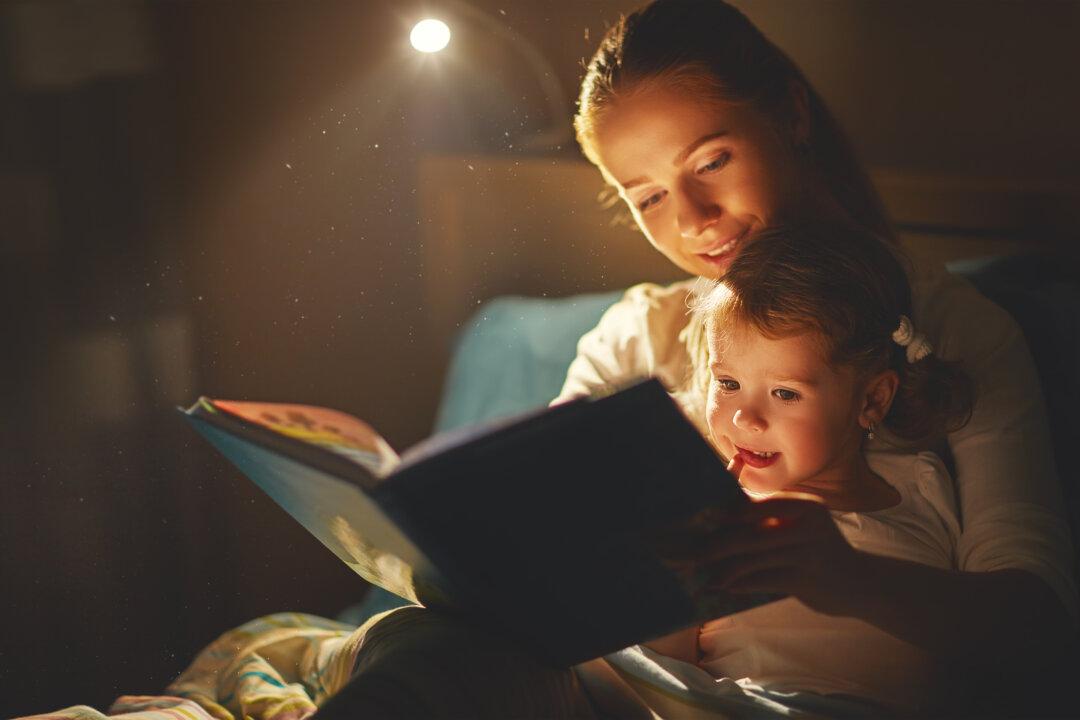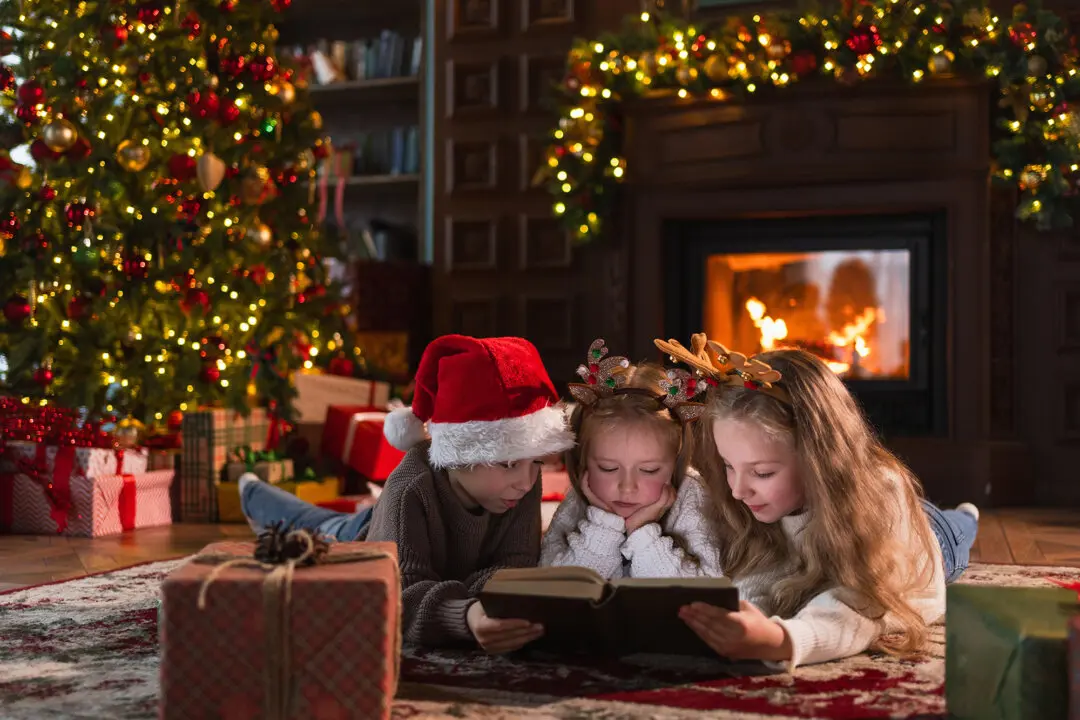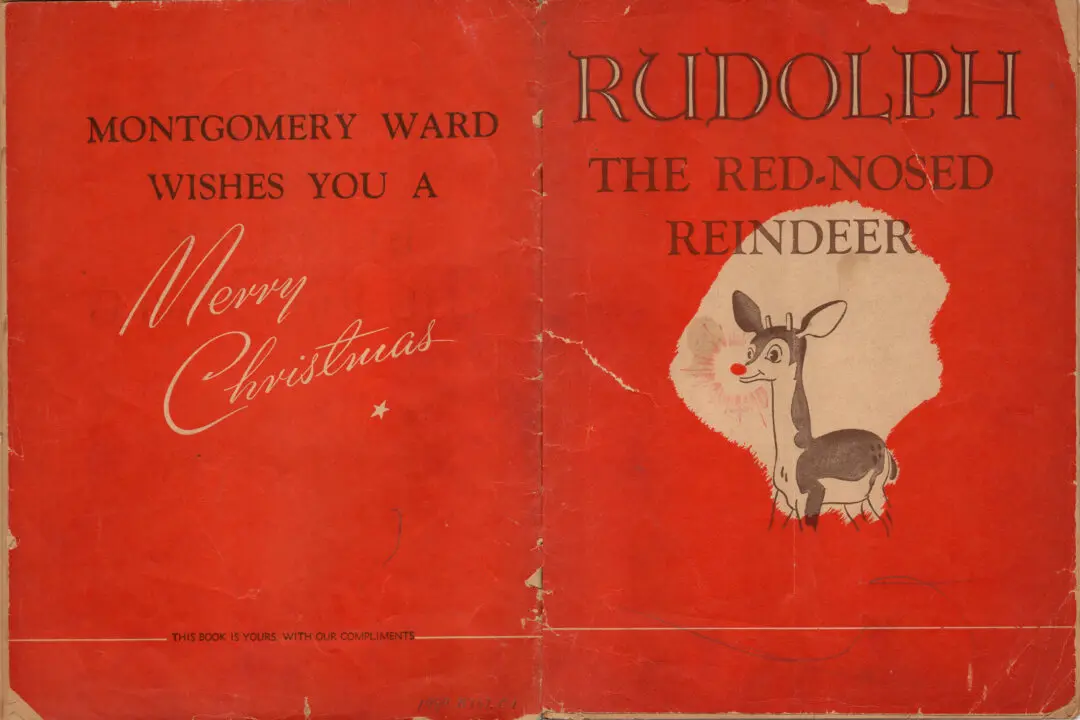I hardly knew my mother’s mother, who died when I was in second grade, but to this day, one picture of her face remains vivid in my memory.
Three years before her death, we were in an upstairs room of our house, and Grandma was telling me the story of “Little Red Riding Hood.” Her front teeth were large, and protruded a bit, and when she came to the part where Little Red Riding Hood says to the wolf, “What big teeth you have, Grandmother,” my grandmother scared the dickens out of me by then roaring, “The better to eat you up with, my dear,” and snapping those teeth at me.






